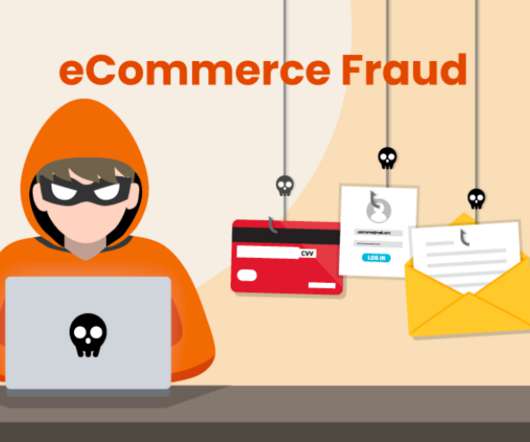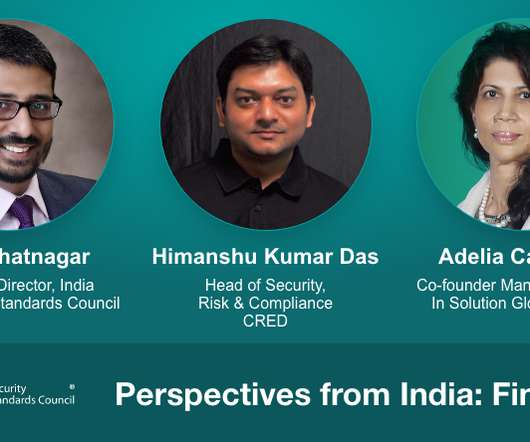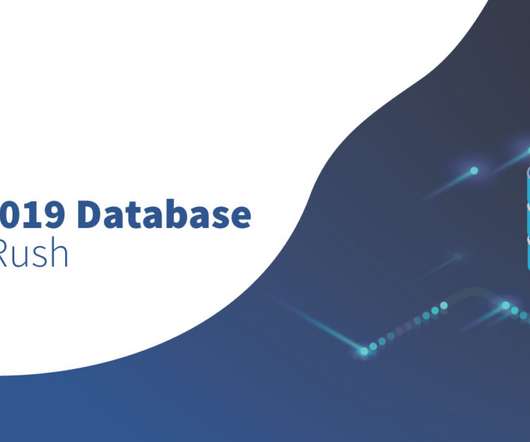5 Ways to Protect Your Ecommerce Business
CyberSecurity Insiders
APRIL 16, 2022
Cyber attackers, fraudsters, and hackers target both small-scale, midsized, and large online ecom enterprises. . . This portrays a grim picture for ecommerce businesses — filled with data breaches and irate customers. eCommerce fraud prevention tools process information from clients and servers in real time.














Let's personalize your content